Naomi: Soulpepper has done amazing things for the theatre community over the last twenty years, since it was founded—providing a year-round employer for a lot of actors, building a facility, building resources. But it has always felt like its own thing. And that’s partly because of the neighborhood where it is located, but, when you think about the physical place, its theatre looks in on its own central lobby. It has a space and it has a culture and because there was so much work going on there, it functioned on its own in a way.
I’m really excited about the idea of seeing it now as a collaborator. There are so many wonderful artists who have worked there over the years, people who are really committed to the place. The possibilities of stretching and linking together are really exciting and I think can benefit both the company and the rest of the community and the audiences. There are really great synergies to be made between what you do and what we do and what, for example, Canadian Stage does.
There are circles of connections, where our connections are your connections. We share many mutual friends that we don’t even know about at the moment. And those relationships also reinforce each other. We can’t work in isolation, and I’m not interested in that.
Emma: I think back in 2009 when Tom Morris and I joined Bristol as a partnership; we had a joint application as artistic and executive directors. The company was in quite a bad place at that point. It was threatened with closure. The building was crumbling, in dire need of redevelopment. There was barely any money in the bank. What was once quite a proud, known international brand had really diminished. There had been no international profile for the company for a long time. So really we had a very simple mission, which was to try to fix the building, fix the business, and fix the reputation. And that was it. In the beginning, we thought, “Oh, that might take us three or four years.” In the end, it was nine and a half years.
I wanted to get to a place whereby I thought the organization would have a certain amount of financial stability. I wanted to feel as though I’d lifted us to a certain place of resilience. And I wanted to get the building finished. So over that ten years, we raised and spent twenty-six million pounds on rebuilding the Bristol Old Vic.
Naomi: You got to finish, though. That’s fantastic.
Emma: I wouldn’t have left before it was finished. It was very clear that that was my mission. And even though I miss it, and I do, I thought, “Now is either time to leave, or I’ve got to stay for another five years.” There’s a choice to be made there. So it felt very right for me to go, and this opportunity came calling.
Naomi: You said you and Tom had applied together as a team to do the same jobs that you and Weyni Mengesha, Soulpepper’s new artistic director, are doing, but you’ve been blind-dated.
Emma: That’s exactly the phrase.
Naomi: How is that? How does that challenge your ideas around leadership?
Emma: In all honesty, it’s been nerve-wracking. But it’s a story where there’s a blissfully happy ending because Weyni is extraordinary.
Naomi: She is fabulous.
We share many mutual friends that we don’t even know about at the moment. And those relationships also reinforce each other. We can’t work in isolation.
Emma: In my first week, we spent a few days together and had meals together, and by the end of it we were firm friends. I’m very confident and excited now. But you’re absolutely right. Tom and I had worked together for almost twenty years—we used to lead the Battersea Arts Centre (BAC) together in those roles in London.
We met when I first graduated from university and I took a show to BAC. How we worked together has evolved over those twenty years. But at its core, it’s a great friendship with huge respect. And it worked. So, for me, the biggest question about moving on from that and particularly coming overseas was, “Who on earth will be the artistic director?”
Naomi: It’s a marriage.
Emma: It is a marriage, yeah. You’re ultimately saying, “I’m going to commit to delivering this person’s vision, or this organization’s vision.” You’ve got to have faith in it. And you work so closely together that you’ve got to know it’s going to work. I said, “I’m just going to choose for this to be an adventure. The bit that I’m going to put in a box is the scary bit. There’s going to be this new partnership that I’m going to take on myself as a challenge. It’s something that will be really exciting.” And ultimately, in meeting Soulpepper’s board in the summer, that gave me the comfort that I was looking for. They’re an absolutely brilliant group of people and they care about the company a great deal. They’ve been through a challenging year, during which they doubly committed themselves to the company. They thought long and hard about the kind of leadership they needed.
In the summer, when I first met with some of the trustees, I said to myself, about not knowing who the new artistic director was, “This is going to be an arranged marriage, and I’m just going to trust it will work out.” The board, very kindly and very helpfully, invited me to sit in on the first round of interviews, and they really welcomed my feedback. It was absolutely the board’s decision, but it was incredibly reassuring to be able to say, “Here’s my response to what these people have said.” And then the board pursued the second round of interviews. I was really, really thrilled when they came back and said they had appointed Weyni. I had never worked with a woman before in that role.
Naomi: I’m very excited that she’ll be here. We’ve talked about getting together.
Emma: In terms of you and Anthony Sargent, Luminato’s CEO—was he already here when you started?
Naomi: I was here in a different role before he arrived. When he got here, I said, “Here are the local companies that you should go see,” as a sort of intro to Toronto theatre and dance. He was very diligent about seeing stuff, as he still is.
Emma: Yes. We’ve made plans to go see things together.
Naomi: I wasn’t called the acting artistic director at the time, but there was a gap of quite a few months between Jörn and Josephine where I was sort of in that role, by default. I couldn’t green light stuff, but I did collect stuff. By the time Josephine arrived, I had a list of more than 160 projects to share with her, and all of these different artists who would be of interest.
We’ve also had a lot of staff turnover here in the last three or four years. There are only three of us who have been here way longer than everyone else, and that includes me, who wasn’t here for the early years.
Emma: Those transitions are actually quite tricky, aren’t they? We’ve got a program through the whole of the next year, the second half of which will be announced in February. But it’s already in place and set up. So the first program that Weyni will present is Alan Dilworth’s, who has been the acting artistic director for the last year. Alan’s program will be up until December. It’s a fantastic one. But what Weyni will actually program and what I will support her on won’t start until Christmas.
Naomi: The first festival that I’m not inheriting is in 2020. Although, as I said, I’ve had a lot to do with this one.
Emma: It’s a strange situation, where you’re inhabiting a leadership role but you’re actually overseeing someone else’s decision-making in a sense.
Naomi: It’s interesting too, in transitional times, the nostalgia and the habits that we have to come up against. I am confronted by my own habits that lay within the structure of the organization as it was originally designed. There are so many things about the festival that are different than when it started: financial, organizational, the context. And the mission is evolving, and the board leadership has changed. All of those things mean that we can make a shift and yet still be true to the original intentions.

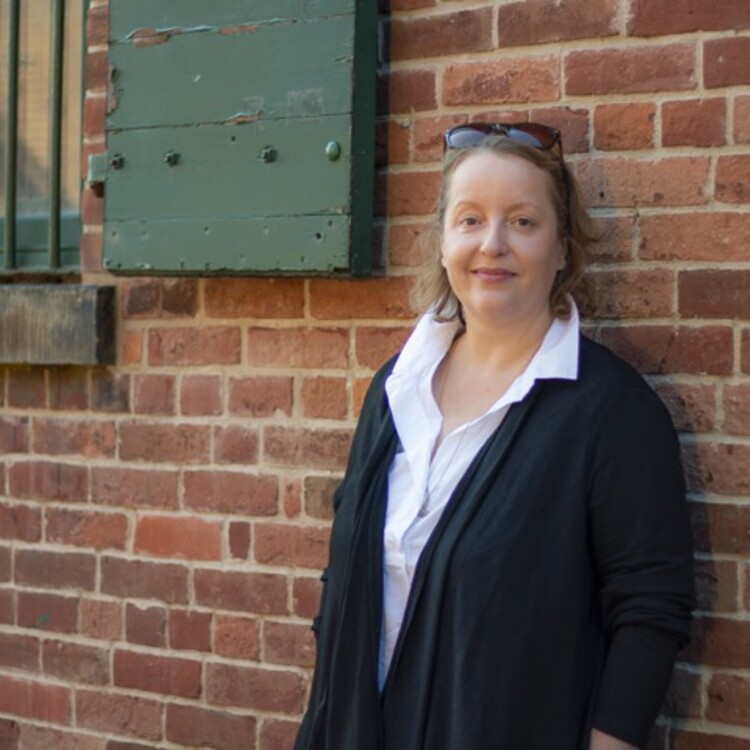
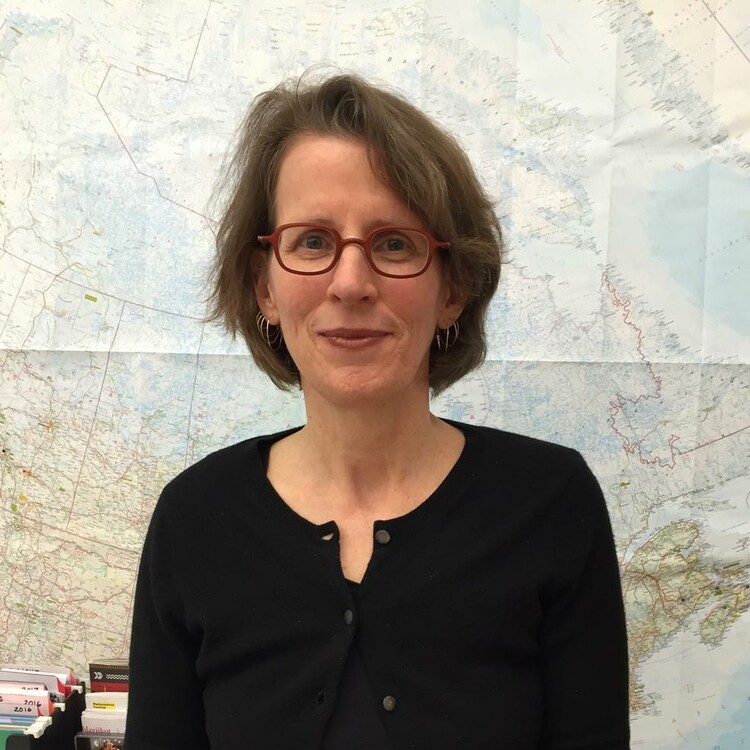
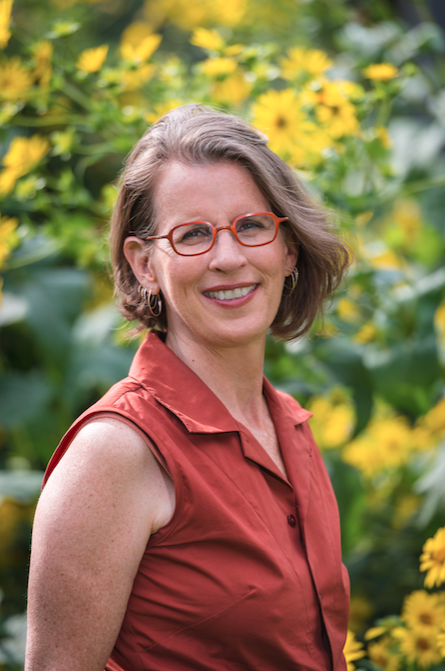
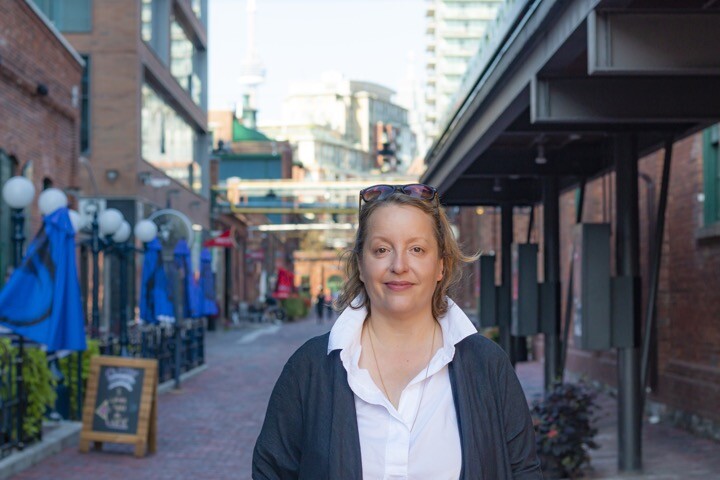
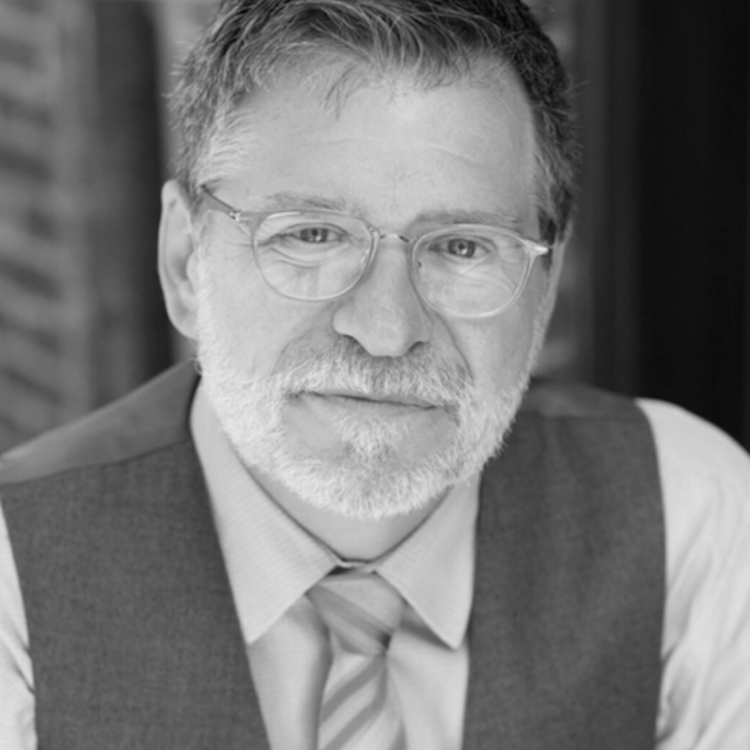
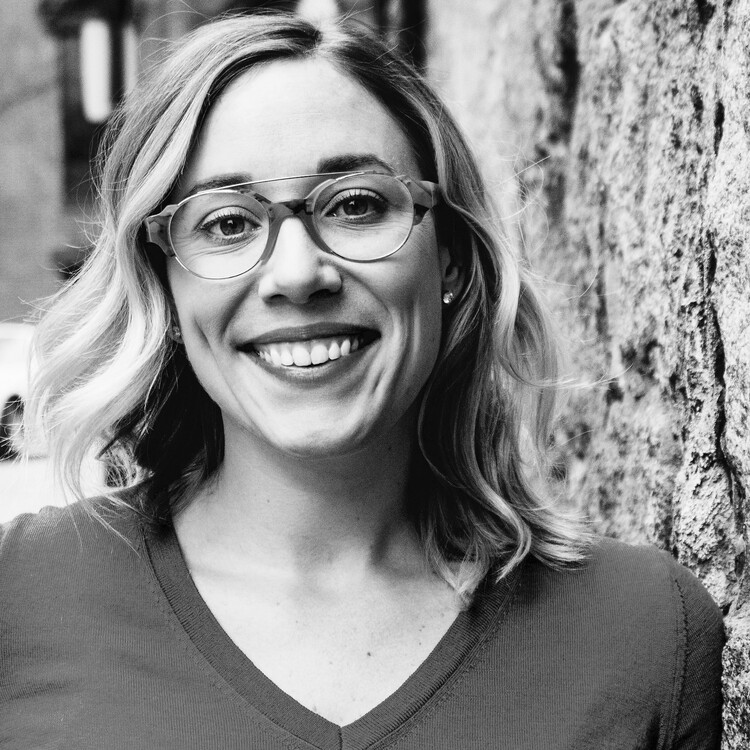



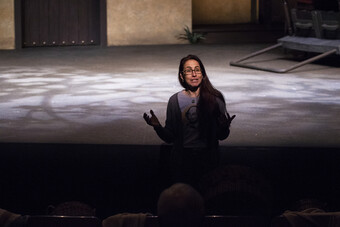



Comments
The article is just the start of the conversation—we want to know what you think about this subject, too! HowlRound is a space for knowledge-sharing, and we welcome spirited, thoughtful, and on-topic dialogue. Find our full comments policy here